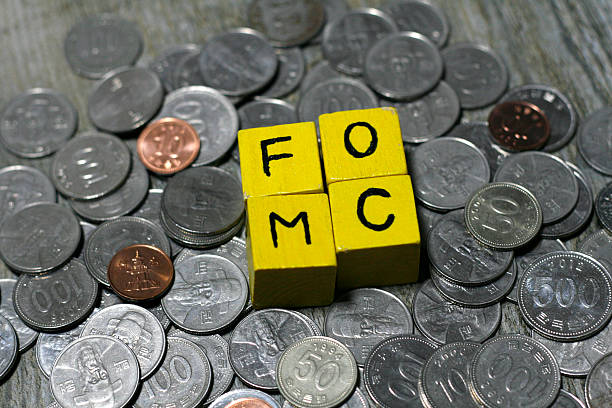Markets
US stock markets performed well this year despite the hawkish repositioning on bond markets. The Dow Jones, S&P 500 and Nasdaq are off their YTD/all-time highs, but record YTD gains of respectively 2.32%, 4.31% and 4.13%. One of the reasons is that stocks have been backed by a strong Q4 earnings season. Unfortunately, this support is gradually petering out. AI-frontrunner NVidia is the final bellwether tonight, after which remaining earnings will be downgraded to playing second fiddle. Following an astronomic (stock price) rise, investors took a more guarded approach yesterday going into tonight’s release. The stock fell around 4%, pulling Nasdaq almost 1% lower. Once the result is out, for better or for worse, we believe that stock markets and risk sentiment in general could be prone for some short-term correction. This can help US Treasuries temporarily off the sell-off lows, though we don’t think that investors will be rapidly tempted into piling Fed rate cuts bets again ahead of the June policy meeting. From a data point of view, we have tomorrow’s global PMI’s but then the wait stretches to PCE deflators published next Thursday (Feb 29). The US dollar had a solid start to the year but showed first signs of weakness yesterday, easily giving up to 1.08 first resistance area against a still weak euro. The pair is trying to escape the YTD downward trend channel. First support in the trade-weighted dollar around 104 survives for now. USD/JPY holds north of 150.
Today’s eco calendar fails to inspire. Minutes of the January Fed meeting are the only item worth mentioning. We expect them to align with the recent Fed push against dovish market bets. Fed chair Powell strongly suggested that the base case scenario of “only” three 25 bps rate cuts, as plotted in December Dots, remains in play going into the March update. More and more Fed members indicate summer as the preferred starting point. From a market point of view, we fear that they won’t contain much new, guiding, info though, setting the stage for another session of sentiment-driven trading within technical boundaries.
News & Views
The Australian Bureau of Statistics this morning reported its wage price index. Wages rose 0.9% in Q4 of last year, bringing the Y/Y measure at 4.2%. The outcome was marginally higher than expected and follows a strong 1.3% quarterly gain in Q3. Y/Y growth was the strongest since the March 2009 quarter. Private sector wage growth was comparable to December 2022 (also 0.9%). The public sector had the highest quarterly rise in 15 years (1.3%). The Reserve Bank of Australia in its February monetary policy report expected wage growth at 4.1%. Today’s data suggest the RBA might take some more time to assess the impact of wages on inflation going forward. Yesterday, Minutes of the February meeting showed that the RBA still didn’t completely rule out the option of a final rate hike, even as markets see the chance for such a move as non-existent.
Japanese exports beat expectations in January, rising by 11.9% from the same month in 2022. The improvement was mainly driven by shipments of cars and car parts and chipmaking equipment. Exports to the US rose 15.6%, to Europe 13.8% and exports to China even jumped 29.2%. However, with respect to the latter some calendar effects related to timing of the Lunar New year were in play. On the other hand imports declined by a bigger than expected 9.6% Y/Y. The data might give some comfort after Japan fell into recession in the second half of last year, mainly due to poor domestic demand. A solid export performance and a weak yen keep the option for the BOJ to start policy normalization/leaving the negative interest rate policy at one of the upcoming meetings. The yen is going nowhere this morning, with USD/JPY hovering near the 150 pivot.









